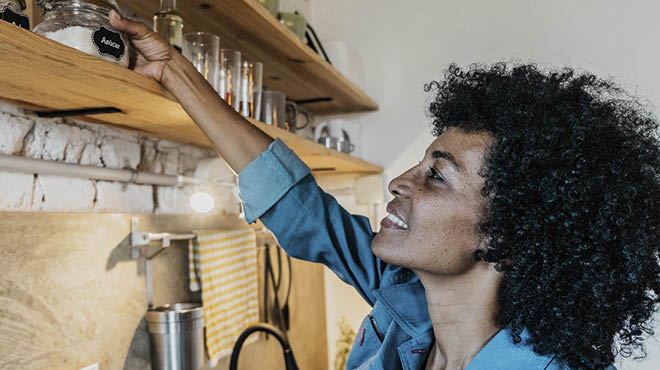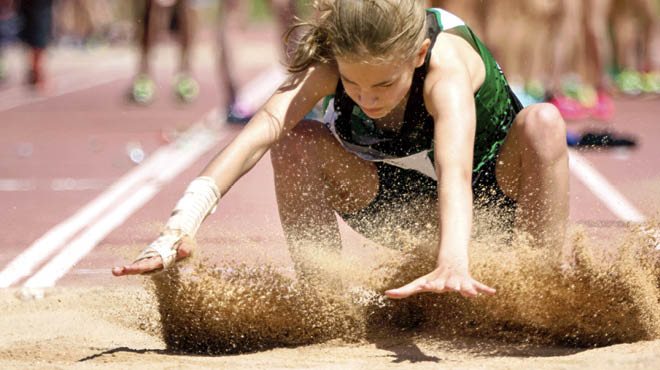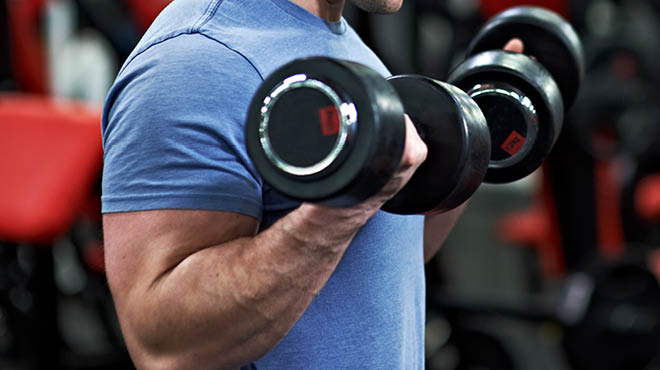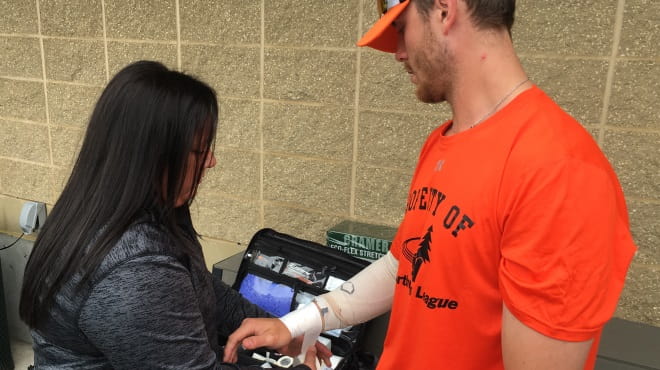Recent Posts
Feel a pop, then pain in your knee? It could be an ACL tear

You're playing tag with your kids, hitting a fast tennis return shot, landing after a gymnastics vault, evading a football tackle or jumping off a rock onto the beach. Suddenly, you feel a pop in your knee, then immediate pain followed by swelling. You may have just injured or torn your anterior cruciate ligament, or ACL.
How an ACL tear can happen
The ACL is a tough band of tissue that lies within your knee and provides front-to-back and rotational stability. When there's too much force through the ligament — especially from a noncontact action — it can burst. This type of force happens during movements such as:
- Landing awkwardly from a jump.
- Making a quick change of direction.
- Pivoting with your foot planted.
- Receiving a blow to the knee, like when being tackled.
- Stopping suddenly.
The factors that can lead to an ACL injury include:
- Athletic activity — Participating in sports, such as soccer, football, basketball, gymnastics or downhill skiing.
- Conditioning — Poor conditioning increases the risk of injury.
- Field surface — Playing on artificial turf compared to other surfaces like grass since your foot can become more securely planted.
- Gender — Women are more susceptible to ACL tears due to knee anatomy, muscle strength and hormonal influence.
- Sports gear — Wearing footwear that doesn't fit properly or using poorly maintained sports equipment increases the risk of injury.
What to do after an ACL injury
As soon as possible after the injury, you can reduce pain and swelling by following the R.I.C.E. method at home.
The R.I.C.E. method includes:
- Rest — Promote healing and pain by limiting weight bearing on your knee.
- Ice — Try to ice your knee for 20 minutes at least every two hours when you're awake.
- Compression — Wrap your knee with an elastic bandage or compression wrap.
- Elevation — Use pillows to prop up your knee.
If you're concerned about the extent of the injury, consult with an orthopedic specialist, who may order an MRI, which is the gold standard for diagnosing ACL issues. Surgery is often necessary, especially if you want to return to higher-impact activities.
Treatment for an ACL injury
If the orthopedic specialist recommends surgery, you'll work with an orthopedic surgeon to reconstruct your ACL. During surgery, your surgeon strives to recreate your anatomy as closely as possible. Typically, you'll go home the same day as the surgery even if the meniscus, a shock-absorbing pad of cartilage, also has been damaged. Your surgeon will repair both at the same time.
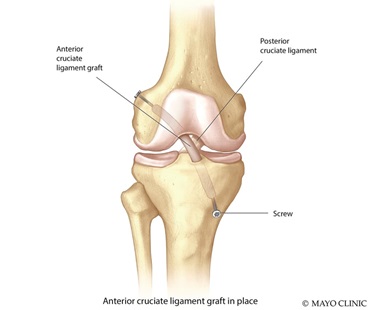
Following an ACL reconstruction, you'll begin walking and undergo physical therapy right away to regain range of motion and strength. The goal is for you to return to regular activity as soon as possible.
If you need more complex surgery, such as both ACL and meniscus repair, you typically won't be able to put full weight on the injured leg for four to six weeks. However, you'll still undergo physical therapy that focuses on range of motion and strength.
Watch a video on what to expect during and after surgery:
At about three months, your physical therapy team may start you on activity- or sports-specific exercises such as jogging or dribbling a ball. Part of your postoperative care may include working out on an anti-gravity treadmill that lets you practice running while putting no weight on your legs. Physical therapists also may conduct functional testing, including the hop test, to ensure that both legs have the same strength and range of motion. They also will gradually increase the impact on your healing leg.
By about nine months, you should be able to return to unrestricted competition or higher-impact activity.
Take action to avoid an ACL tear
Researchers are still determining who may be predisposed to ACL tears. However, you can take action to help prevent an ACL injury. Lower your risk of injury by taking steps to:
- Increase stability by strengthening your core.
- Learn and practice good form and mechanics for your sport.
- Work on overall leg strength, including your quadriceps, hamstrings and glutes.
Next steps:
- Find an orthopedic or sports medicine specialist near you.
- Learn more about ACL injuries in teen athletes.
- Read more about ACL injuries and treatment.
- Watch a video on ACL tear treatment and risk reduction:
Douglas Bartels, M.D., is an orthopedic surgeon in Orthopedics and Sports Medicine in Eau Claire, Wisconsin.

